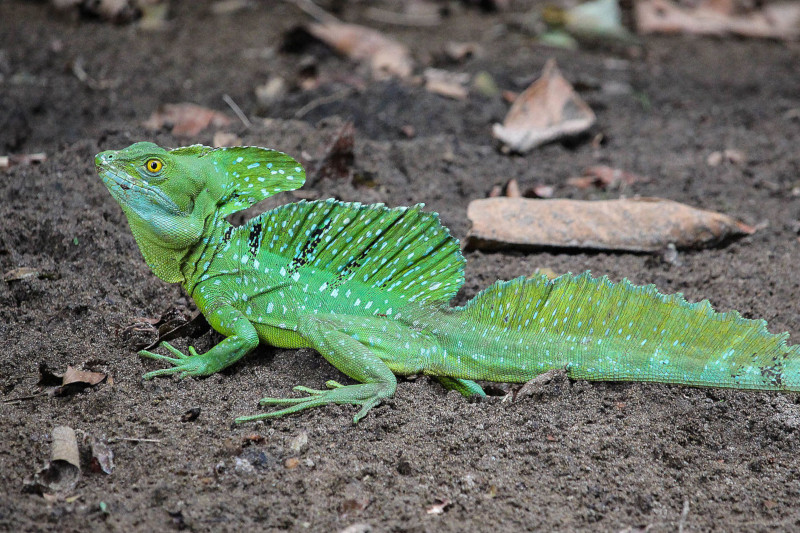
Plumed Basilisk Facts
- This mesmerizing creation of Nature and evolution most frequently goes by the appropriate and descriptive name of the Plumed Basilisk. It does, however, also have other general titles it’s known by. These include crested basilisk and green basilisk, and even Jesus Christ Lizard.
- Within the scientific community, though, it’s perhaps better known by its technical tag. Like so many other such epithets, however, that one’s rather difficult for the layperson to pronounce. That’s because this remarkable reptile bears the designation of Basiliscus plumifrons.
- This remarkable creature received that epithet due to the efforts of Carl Linnaeus himself. That highly esteemed Swedish zoologist recorded the first formal recognition of the iguana as a separate and distinct species. He achieved that scientifically noteworthy deed in the year 1759.
- The moniker Jesus Christ Lizard derives from an astounding ability the animal has. It has the ability to run across the water! When threatened, special sections of skin on its toes expand. This increases surface area and allows it to skim across the water for up to 15 ft (4.6 m).
- Thankfully, the astonishing Plumed Basilisk appears to be maintaining a population base that’s both stable and sufficient. That pleasant state also seems to hold true throughout the entirety of its range. The IUCN therefore presently shows it as Least Concern on its published Red List.
- It nevertheless still faces numerous potential threats to its continued existence as a species. Like all forms of life on earth today, most of these stem from the actions of mankind. Chief among them, however, stands the related dangers of habitat loss and ongoing climate change.
Related Articles

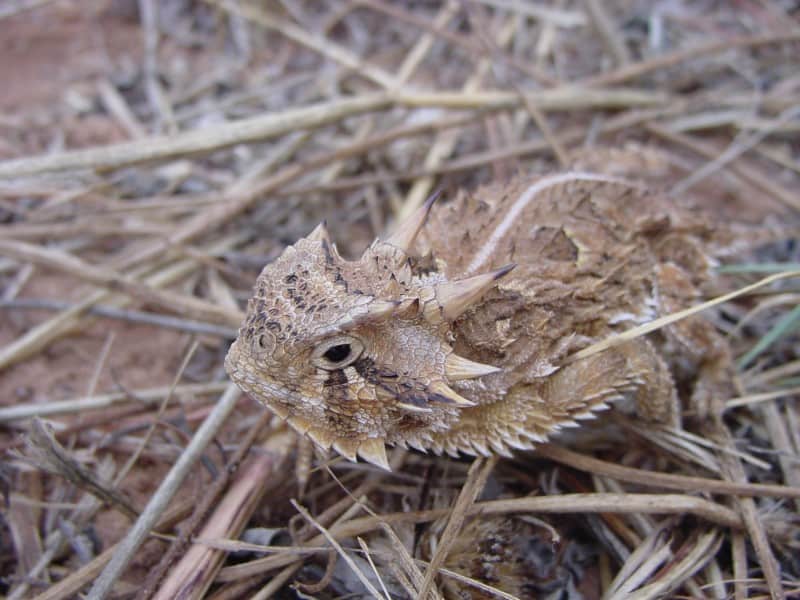
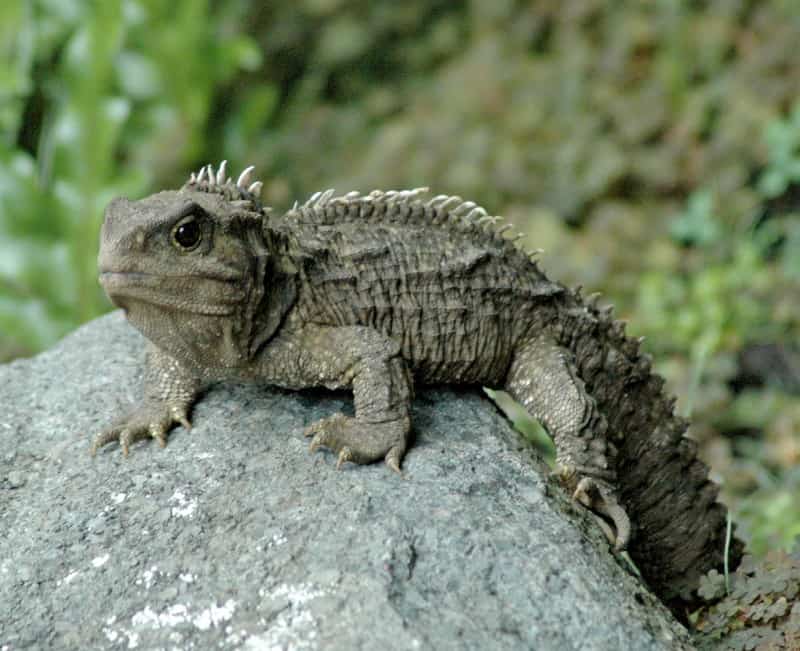
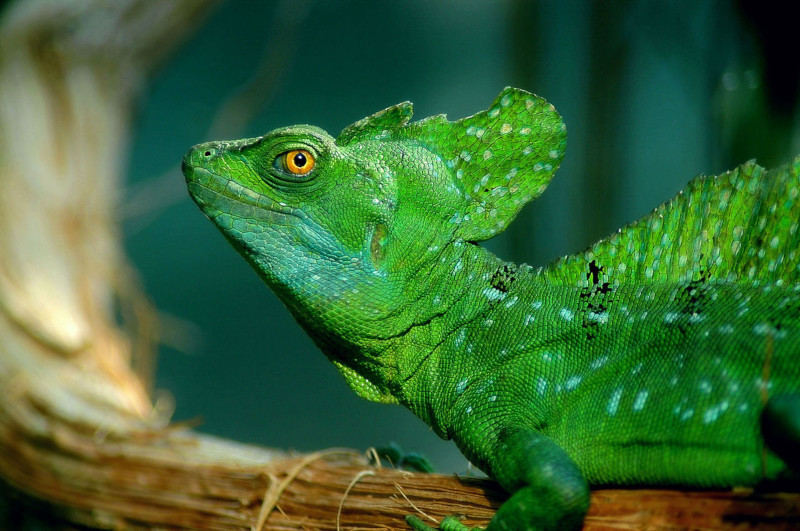
Plumed Basilisk Physical Description
The stunning Plumed Basilisk never fails to capture the attention and imagination of those individuals fortunate enough to meet one. Indeed, it does so for a variety of reasons. That’s true since it’s not only a beautiful variety of lizard, but also boasts some respectable measurements.
The wonder also follows a pattern of development quite common among many species, including its kindred. That’s the fact that it displays a degree of the physiological characteristic of sexual dimorphism. In its specifc instance, however, this trait actually manifests itself in several manners.
Males of this spectacular creature achieve an average length equaling 3 ft (0.91 m). Yet, despite their surprising length, these products of ages of evolution remain comparatively light in weight. Mature specimens of this particualr gender typically only mass somewhere around 7 oz (200 gms).
Females, meanwhile, virtually never achieve anywhere near this length. These examples, in fact, rarely exceed 2 ft (0.61 m) in this dimension. In their case, masses also remain notably less than their male counterparts. This sex most commonly only reaches approximately 5.3 oz (150 gms).
Another characteristic also exists which distinguishes the genders. Males possess three distinct crests. These appear on the head, back, and tails, and many believe they resemble plumes, thus the name. Female bodies, however, either lack these entirely or else display notably smaller one’s.
Otherwise, the two sexes of the Plumed Basilisk present virtually the same outward appearance, with only two more small variations. Color patterns generally consist of bright green with blue, turquoise, or yellowish markings. Some individuals, especially the males, display more turquoise.
The tail is long and laterally compressed, aiding in swimming and balance. It has strong, well-developed limbs. That’s particularly true of the hind legs. As previously mentioned, it also evolved long toes with fringes of skin that help increase surface area when the wonder sprints across water.
Nature isn’t finished with it yet, as still more features deserve notice. The eyes develop as relatively large and round in shape. These usually show a golden to orange color. Males have a prominent helmet-like crest on the top of the head, which separates them from females in yet another way.
- Kingdom: Animalia
- Phylum: Chordata
- Class: Reptilia
- Order: Squamata
- Family: Corytophanidae
- Genus: Basilicus
- Species: B. plumifrons
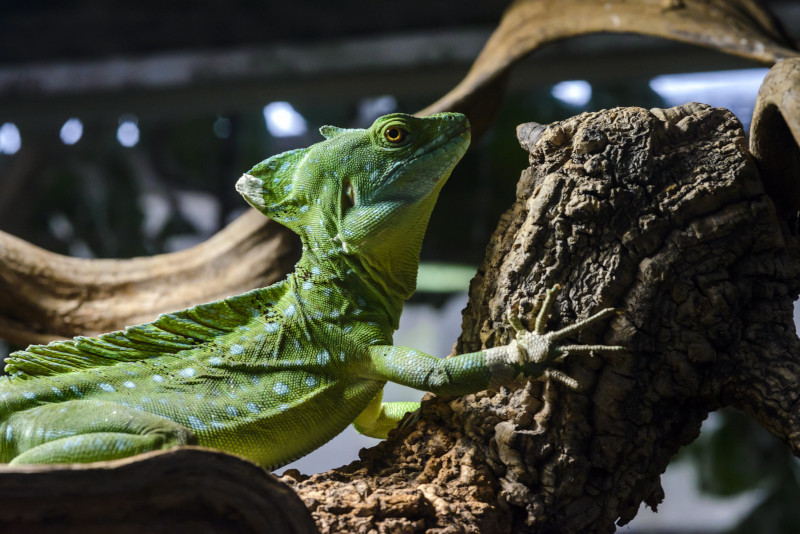
Plumed Basilisk Distribution, Habitat, and Ecology
Sadly, the otherworldly Plumed basilisk evolved as indigenous to a moderately restricted portion of the surface of the earth. Exactly where that zone of habitation lies probably won’t surprise too many people, though. That’s because it developed as native to a specific part of Central America.
But, even there the animal only appears in a handful of countries. To date, it’s only known to be present within the national borders of the nations of Honduras, Nicaragua, Costa Rica, and Panama. For the moment, no credible evidence exists to indicate that it ever possessed a wider range.
Like many of its many kindred around the world, this species displays decidedly clear and specific preferences regarding its choice of habitat. Broadly speaking, this consists of regions comprised of tropical rainforests. Even here, however, the awesome reptile presents very specific favoritism.
It’s found almost exclusively in lowland sections of rainforest, typically having dense vegetation. In this manner, the animal manifests extremely certain preferences for a range of altitudes. Virtually all observed examples appeared at heights ranging from approximately sea level to 3,900 ft (1,200 m).
The intrepid lizard further displays uniquely precise microhabitat tendencies. The perpetually hot, humid, and wet conditions of these setting serve it well in this regard, of course. Yet, goes even further, and generally stays in trees situated in the immediate vicinity of either rivers or streams.
The Plumed Basilisk plays a dynamic role its tropical rainforest ecosystem, both as a predator and prey. It evolved as omnivorous, though it’s principally carnivorous. Its main prey includes insects, spiders, and small invertebrates. It does, however, occasionally eats fruits, flowers, or leaves.
In turn, it has its own share of predators, of course. These mainly include birds of prey, such as hawks, snakes, and various mammals. Coatis and raccoons stand high on the latter list. It uses its incredible ability to run across the water as a means of escaping from the aforementioned threats.
It evolved as pplygynous in nature, meaning males mate with multiple partners. Females lay clutches of 5–15 eggs, several times a year. She buries these in moist soil and hatching occurs in about 8–10 weeks. Hatchlings are highly independent and thus vulnerable to numerous predators.
Species Sharing Its Range
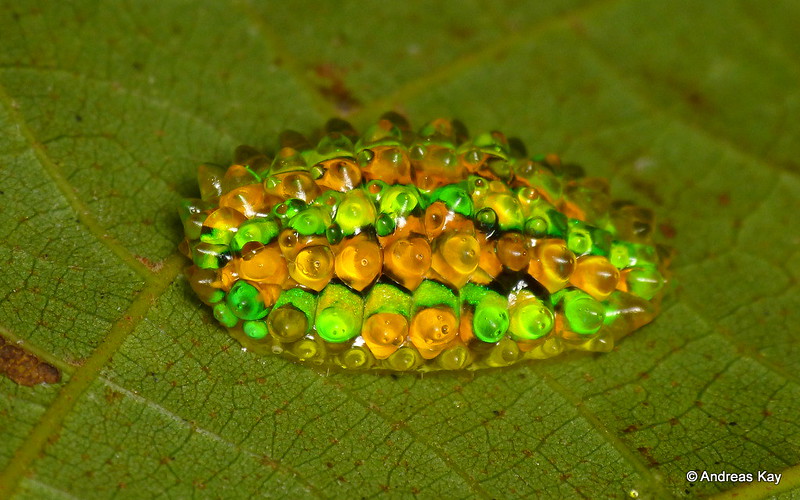
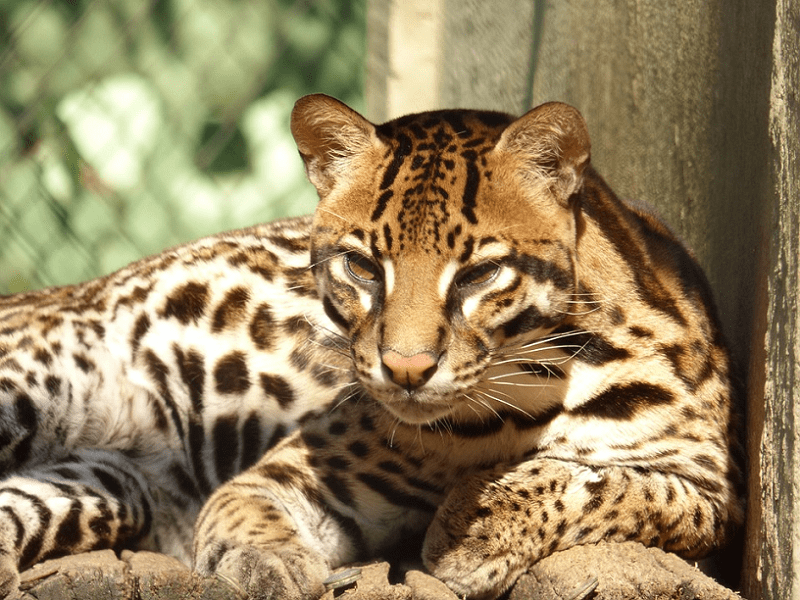

Check out our other articles on Breathtaking Primates of the World, Crowned Eagle, Tiger Leaping Gorge, Dawn Redwood, Blue Death Feigning Beetle, Great White Shark, Hermann’s Tortoise









Leave a Reply